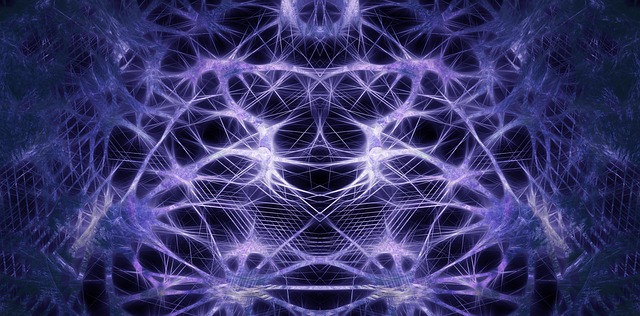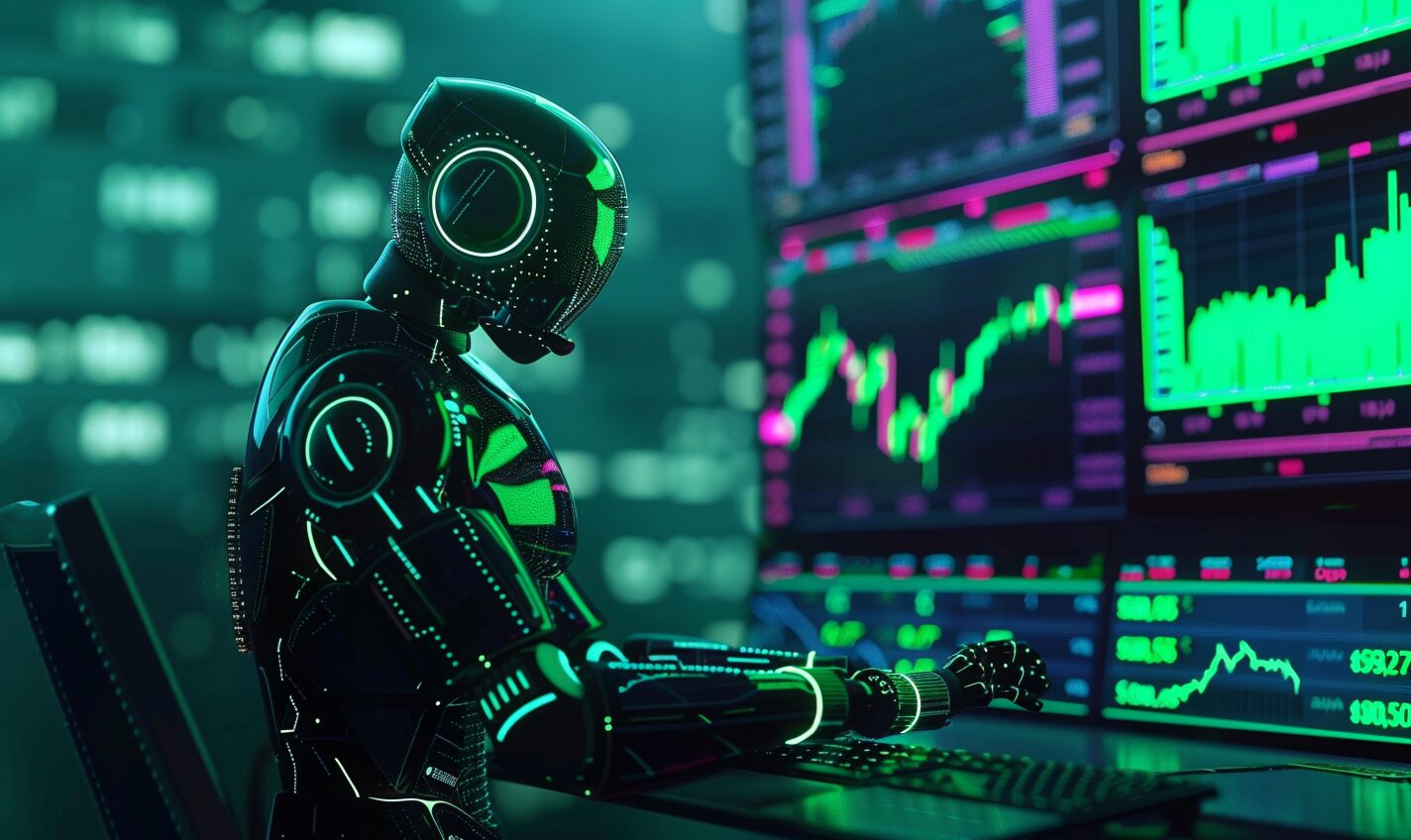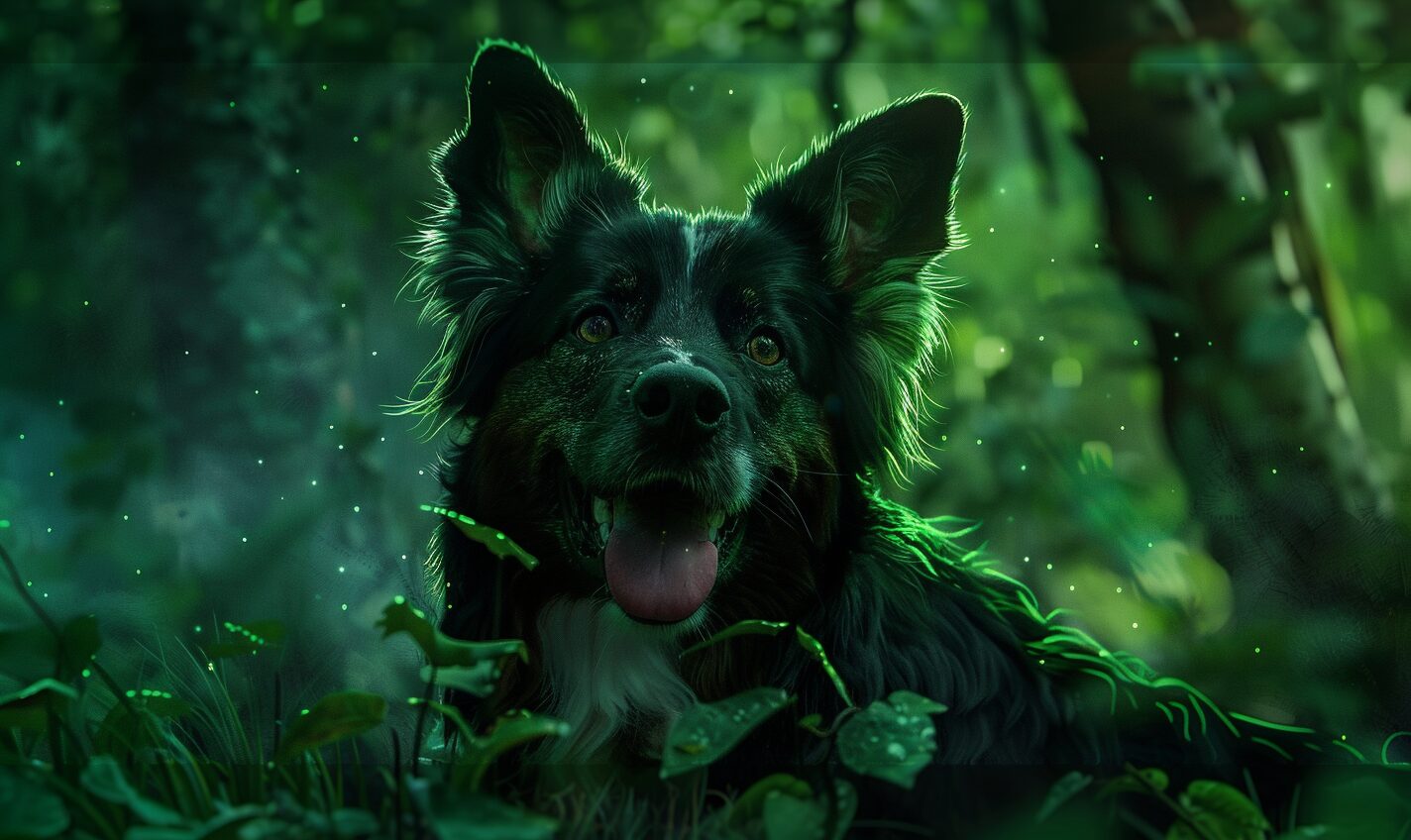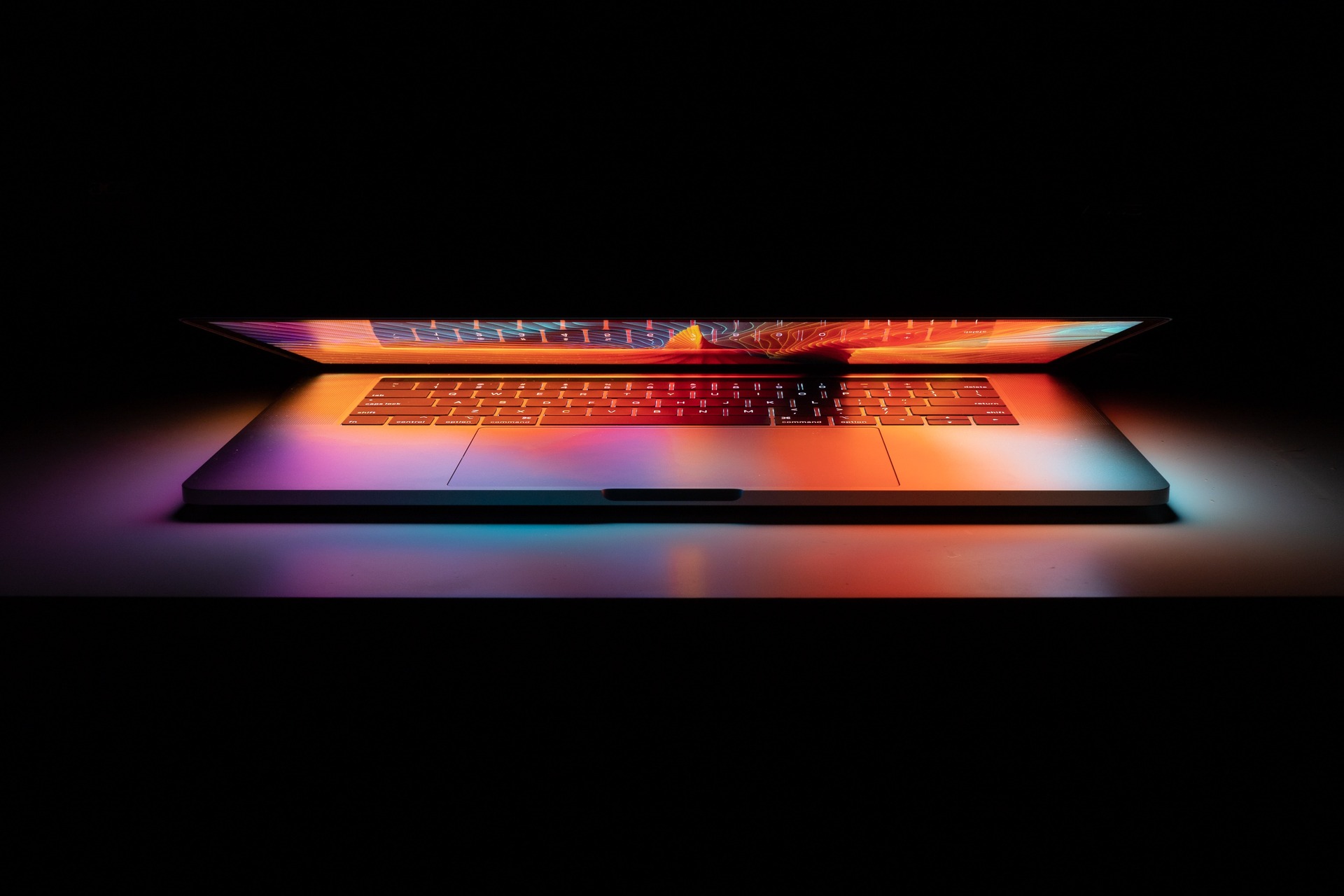Elon Musk, the founder of Tesla and SpaceX, does not shy away from sharing his views on artificial intelligence, or AI, which are clearly negative. Yet, the fact of the matter is there are things AI can do better than humans.
The issue, he asserts, is not that AI will “develop a will of its own” and take over in some kind of Science-Fiction Terminator-like scenario. Instead, he believes that AI apps and gadgets could have a benign intent stemming from the fact that it was created, programmed and directed by humans.
While there are certainly some questions that need answering when it comes to AI — like who self-driving cars should prioritize in the moment of an emergency — things aren’t quite so dire, at least not yet. In fact, there are several helpful things that AI or automated systems can do much better than humans.
It sounds a bit funny when you put it like that. You might even feel a little more uneasy knowing that, in some scenarios, putting your life in the hands of an AI platform is more beneficial than putting your life in the hands of a human. Let’s take a much closer look to find out exactly where all this is coming from.
1. Diagnose Illnesses
Doctors are not infallible, that much we know. In fact, a lot of times the information they use to diagnose patients comes from the patient directly. In other words, what symptoms and problems you share may offer them the details they need to make a proper diagnosis.
This is not the only information they use to make a diagnosis, obviously, but if you tell the doctor improper symptoms or mix them up, it can be a problem.
Misdiagnoses are the cause of at least 251,454 deaths a year.
The most important take away from this is doctors and medical health professionals need assistance, especially when it comes to diagnosing patients. AI may offer the help they need.
AI is already being used to help surgeons improve detection analysis for tumors, as well as certain cancers like skin cancer. This is largely due to big data systems, which provide a vast array of data and information for the connected AI to reference.
For example, an AI could — and would — have access to a patient’s entire history for a diagnosis and can access all that information in mere seconds. Not only that, the system would have access to all health data ever collected and referenced. In this way, it could assess what it knows about the patient and compare it to past information it has gathered to make a proper diagnosis.
Human doctors don’t have the advantage of being quite so thorough.
Of course, systems like this will take a while to perfect. It takes time to collect the necessary data and make certain diagnoses before the system in question knows exactly what it’s doing, but we’ll get there. As you can see with the two cancer-related applications, AI has the potential to be much better at diagnosing ailments and illnesses.
2. Analyze Images
The human brain can only remember and process so much information. A computer or AI system, however, can access an infinite supply of data provided it’s connected to the servers where said data is stored. This allows for efficient scenarios like data analysis and trend or pattern detection.
When you imagine “data” you’re probably thinking of text or simple information collected by a computer. In reality, data is simply digital information that can be any type of digital file or format, like images, video or audio.
AI and big data systems can be used to analyze and assess any kind of data, including images. This can lead to things like improved traffic safety, better health services or even environmental benefits — depending on what the related system is tasked with discerning.
Most importantly, AI can be used to detect and recognize patterns and trends in a variety of images or video. For instance, self-driving vehicles constantly scan and assess the surrounding area, and they tap into AI or big data to identify where objects and people are and what they are doing.
It’s more of a real-time assessment scenario, but you better believe they are using cameras to capture video, images and audio. All this data is then analyzed and separated into discernible patterns, which that driving system can use to identify various objects or events.
At any given time, the AI knows when a pedestrian is walking along a sidewalk as opposed to across the street in front of it. It can do this thanks to data that’s constantly being collected and analyzed, sometimes even on the fly.
3. Find Unexpected Correlations or Patterns
Sometimes, the amount of information you would need to collect and reference to find correlations or relationships is too much for the human brain. The help of computers, AI and big data systems can transform certain processes.
A great example of this — and how it can be applied — is the healthcare field, specifically with medicines. Thanks to huge databases of collected information and data, it’s possible to discover alternate uses for certain medications. The antidepressant Desipramine, for example, has anti-cancer qualities that were only discovered after a great deal of data on its users had been collected and analyzed.
The opposite can be true, as well. If an incredibly rare symptom of medication is damaging certain patients or even leads to death, then it would be extremely difficult for health professionals to identify what is going on without massive data and its analysis. If the problem is rare, it would take a long time to do so.
AI can be used to not only collect this information but assess and identify potential relationships sooner. Of course, you would still need to collect enough usable data on the medication, but just the fact that AI can be faster and more efficient can save lives.
AI software is already being used to interpret mammogram results, and it can do this 30 times faster than human doctors with a 99 percent accuracy rating. That’s impressive, to say the least.
Recent Stories
Follow Us On
Get the latest tech stories and news in seconds!
Sign up for our newsletter below to receive updates about technology trends
















